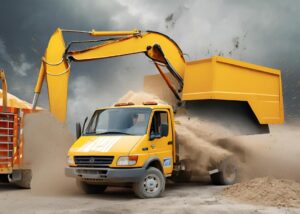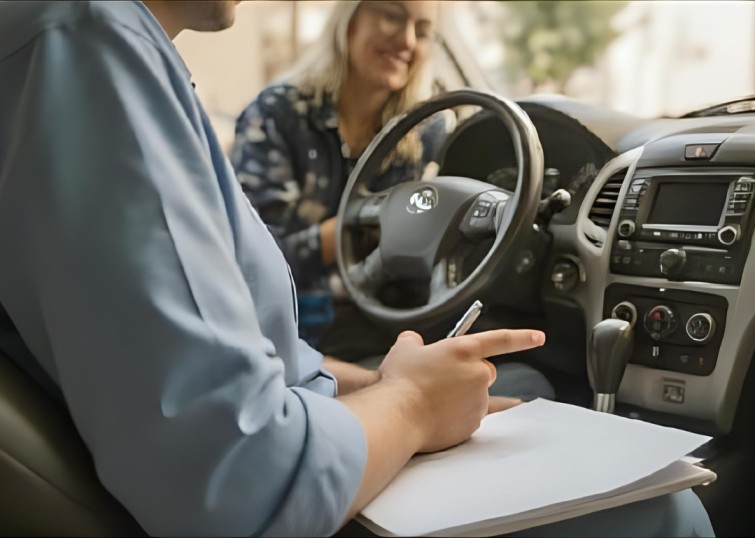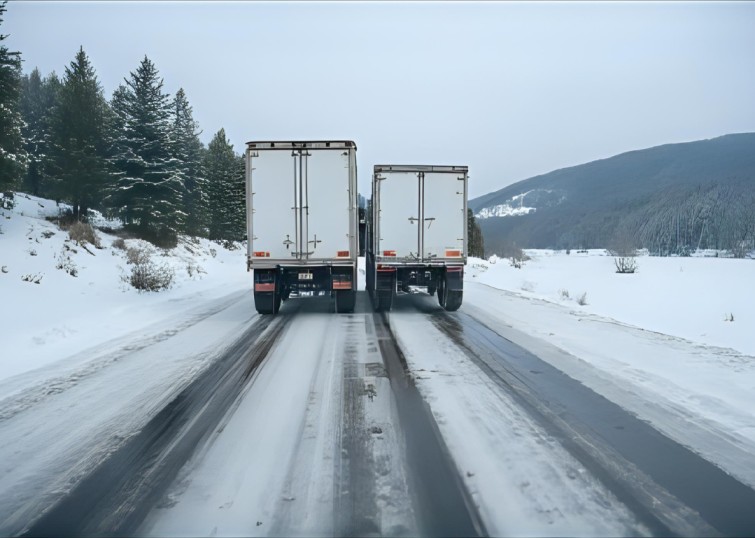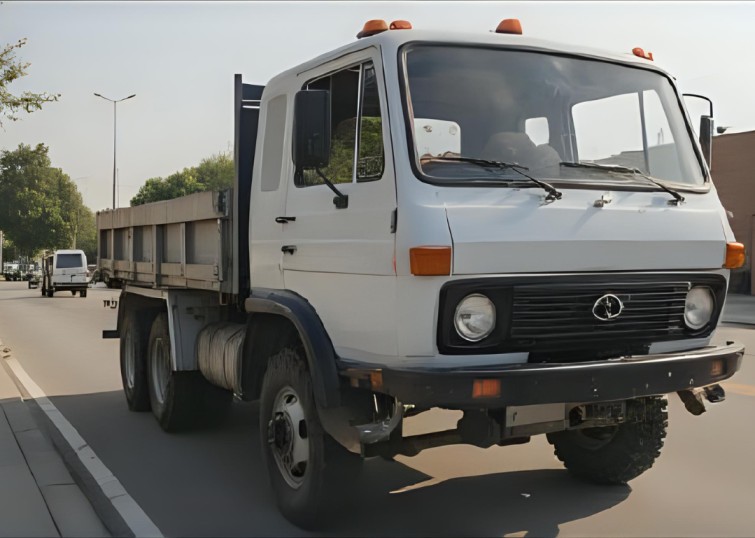Worksites, especially construction zones, are inherently dangerous. With heavy machinery, limited visibility, and dozens of moving parts, accidents are far too common. One of the most devastating scenarios is being struck by a construction vehicle such as a backhoe, forklift, dump truck, or crane. The impact can cause catastrophic injuries or even fatalities—leaving victims confused, overwhelmed, and uncertain about what to do next. In many cases, victims fail to act quickly or document the right evidence, which can jeopardize their claim for compensation and accountability.
In Georgia, you have legal rights under a mix of personal injury, workers’ compensation, and occupational safety laws. Statutes such as O.C.G.A. § 34-9-1 (Georgia Workers’ Compensation Act), O.C.G.A. § 51-1-6 (right of action for breach of legal duty), and O.C.G.A. § 34-9-11 (exclusive remedy provision) define how and when you can recover damages. Whether you’re a construction worker or a third party struck by machinery, knowing what steps to take immediately can protect your rights and strengthen your case. This guide provides a step-by-step walkthrough tailored to Georgia law, along with insights into liability, employer duties, evidence gathering, and your legal options.

Step-by-Step: What to Do After Being Hit by a Construction Vehicle on a Worksite
Step 1: Get Immediate Medical Attention
Your health is the first priority. Even if you feel fine, internal injuries, concussions, and spinal trauma are common in construction vehicle accidents and may not show symptoms right away. Call 911 or ask someone on-site to do so.
- Request an official incident report from paramedics.
- If emergency care isn’t needed, visit a doctor the same day.
- For workers, notify the employer and ask for an authorized physician under O.C.G.A. § 34-9-201.
Step 2: Report the Incident to the Site Supervisor or Employer
Under O.C.G.A. § 34-9-80, injured workers must report workplace injuries to their employer within 30 days. Even if you’re a third party (not employed on the site), notifying the general contractor or property manager creates a record of the event.
- File a written incident report.
- Include date, time, location, and names of witnesses.
- Request a copy for your records.
Step 3: Document the Scene
Evidence disappears quickly on a job site. Before cleanup begins, try to gather as much documentation as possible:
- Take photos/videos of the vehicle, surrounding area, warning signs (or lack thereof), and your injuries.
- Record names and contact information for witnesses.
- Note details like weather conditions, obstructions, and time of day.
- Ask if any surveillance cameras recorded the incident.
Step 4: Identify the Vehicle and Driver
Construction vehicles are often owned by third parties or subcontractors. Determining ownership and control is essential for establishing liability.
- Write down license plate numbers, vehicle markings, or company logos.
- Ask the driver for identification and employer info.
- Check if the driver was qualified, trained, or certified to operate the equipment.
Step 5: Preserve All Medical and Employment Records
Keep a detailed log of every medical visit, diagnosis, and treatment. If you miss work, gather evidence of lost wages or altered job duties.
- Retain all hospital bills and prescriptions.
- Request wage statements or tax returns to show income loss.
- Save communication with your employer about work restrictions.
Step 6: Notify OSHA or File a Complaint (If Applicable)
If safety violations contributed to the accident, you may file a complaint with the Occupational Safety and Health Administration (OSHA). Employers must report serious injuries within 24 hours.
- Visit OSHA.gov to file a complaint.
- Georgia operates under federal OSHA, not a state-run program.
Determining Your Legal Rights After the Incident
Workers vs. Non-Employees
- Employees are typically covered under Georgia’s Workers’ Compensation laws (O.C.G.A. § 34-9-1 et seq.).
- Non-employees (e.g., delivery drivers, pedestrians) may file a personal injury lawsuit if negligence occurred.
Third-Party Liability
Even if you’re a worker, you may still sue third parties. For example:
- A subcontractor’s driver struck you.
- A defective vehicle caused the accident (manufacturer liability).
- A third-party maintenance company failed to inspect the vehicle.
Employer Negligence and OSHA Violations
Employers are required to provide safe working conditions. Violations of OSHA standards can serve as evidence of negligence.
Examples of violations:
- Lack of backup alarms or spotters
- Inadequate driver training or supervision
- Failure to mark pedestrian zones
Georgia’s Workers’ Compensation Laws: What You Need to Know
Benefits Available
- Medical treatment (authorized providers only)
- Temporary Total Disability (TTD): if unable to work
- Permanent Partial Disability (PPD): if recovery is incomplete
- Death benefits to surviving dependents (O.C.G.A. § 34-9-265)
Employer Obligations
Under O.C.G.A. § 34-9-240, employers must reinstate workers when cleared to return. Failure to do so could be retaliatory and actionable.
Disputes and Appeals
If your claim is denied, you may request a hearing before the State Board of Workers’ Compensation. Legal representation is highly recommended at this stage.
Filing a Personal Injury Lawsuit: What to Consider
If you’re not an employee or your injuries involve third-party negligence, a personal injury claim may offer greater compensation.
What You Must Prove
- Duty of care (e.g., the driver owed you a safe work environment)
- Breach of that duty (e.g., reckless operation)
- Causation linking breach to injuries
- Damages including financial, physical, and emotional losses
Georgia’s Comparative Fault Rule
Under O.C.G.A. § 51-12-33, you can recover damages as long as you are less than 50% at fault. Your compensation will be reduced by your percentage of fault.
Statute of Limitations
- Workers’ Compensation: One year to file a claim.
- Personal Injury: Two years from the date of injury (O.C.G.A. § 9-3-33).
Common Injuries in Construction Vehicle Accidents
- Traumatic brain injuries (TBIs)
- Spinal cord damage or paralysis
- Crushed limbs or amputations
- Internal bleeding or organ damage
- Fractures and orthopedic injuries
- PTSD or anxiety
These injuries often require months or years of rehabilitation and can permanently alter the victim’s quality of life.
Legal Defenses You Might Encounter
- No negligence: The defense may argue the driver followed protocol.
- Sole fault of the victim: Especially if you were in a restricted area.
- No causation: Claiming injuries were unrelated or pre-existing.
- Lack of notice: For workers, employers may claim the incident wasn’t reported on time.
Why Legal Representation Is Critical
Construction accident cases are complex due to overlapping liability, conflicting witness accounts, and strict deadlines. An attorney can:
- Identify all liable parties
- Preserve evidence before it disappears
- Handle insurer communications
- Represent you in workers’ comp or court hearings
- Maximize compensation under all available avenues
Conclusion
Being hit by a construction vehicle on a worksite is traumatic, but how you respond can shape your recovery, both physically and financially. Acting swiftly, documenting everything, and understanding your rights under Georgia law are key steps toward securing the compensation you deserve. From medical treatment to legal action, each decision matters.
Whether you’re a worker entitled to benefits under O.C.G.A. § 34-9-1, or a third-party victim with grounds for a personal injury lawsuit, you don’t have to navigate the aftermath alone. By working with experienced attorneys, you can hold negligent parties accountable and protect your future.
If you or a loved one has been injured by a construction vehicle on a worksite, don’t wait. Our legal team is ready to investigate your case and help you pursue every avenue of compensation. Contact us today for a free, no-obligation consultation.



